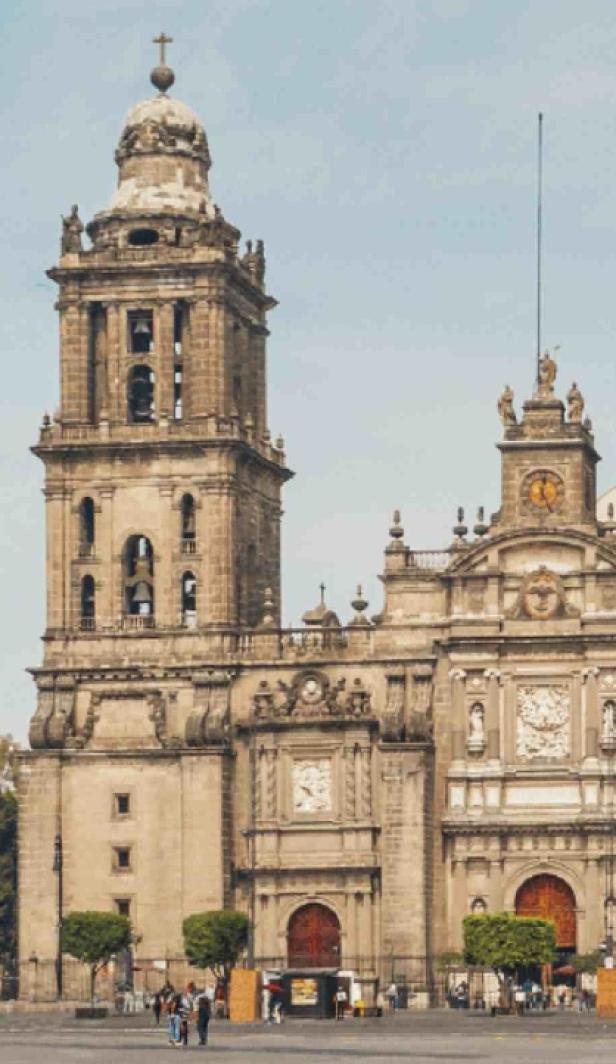Ethiopian Production Regions
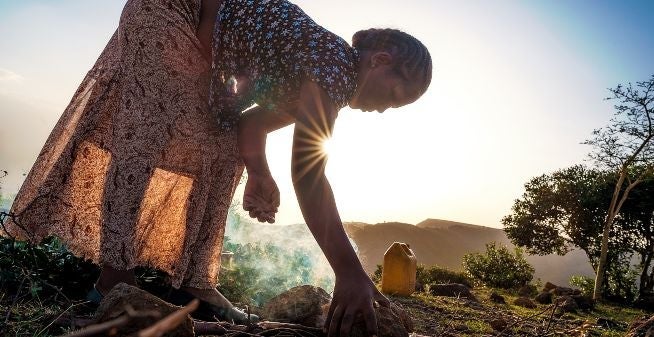
Ethiopian Coffee Culture
Coffee plays a massive part in Ethiopian culture and is a way to slow down and engage with friends and neighbours, which birthed the communal tradition called ‘Buna tetu’ which translates to ‘come drink coffee’. The full-bodied coffee beans are enjoyed with those who are invited to come and enjoy a cup.
The brewing tradition of Ethiopian coffee has many authentic elements. A traditional cup of Buna can take up to an hour to prepare and even drinking it can take longer, especially during periods of celebration. The complex ceremony involves the processing of the raw, unwashed Ethiopian coffee beans into finished cups of already brewed coffee. Other preparations are followed for the ritual, such as, the arrangement of the coffee cups, and the laying of a freshly cut grass display on both the floor and table, following the burning of sweet incense to clarify the space in which the ritual is to take place. This is just a small part of the Ethiopian coffee sensory experience.
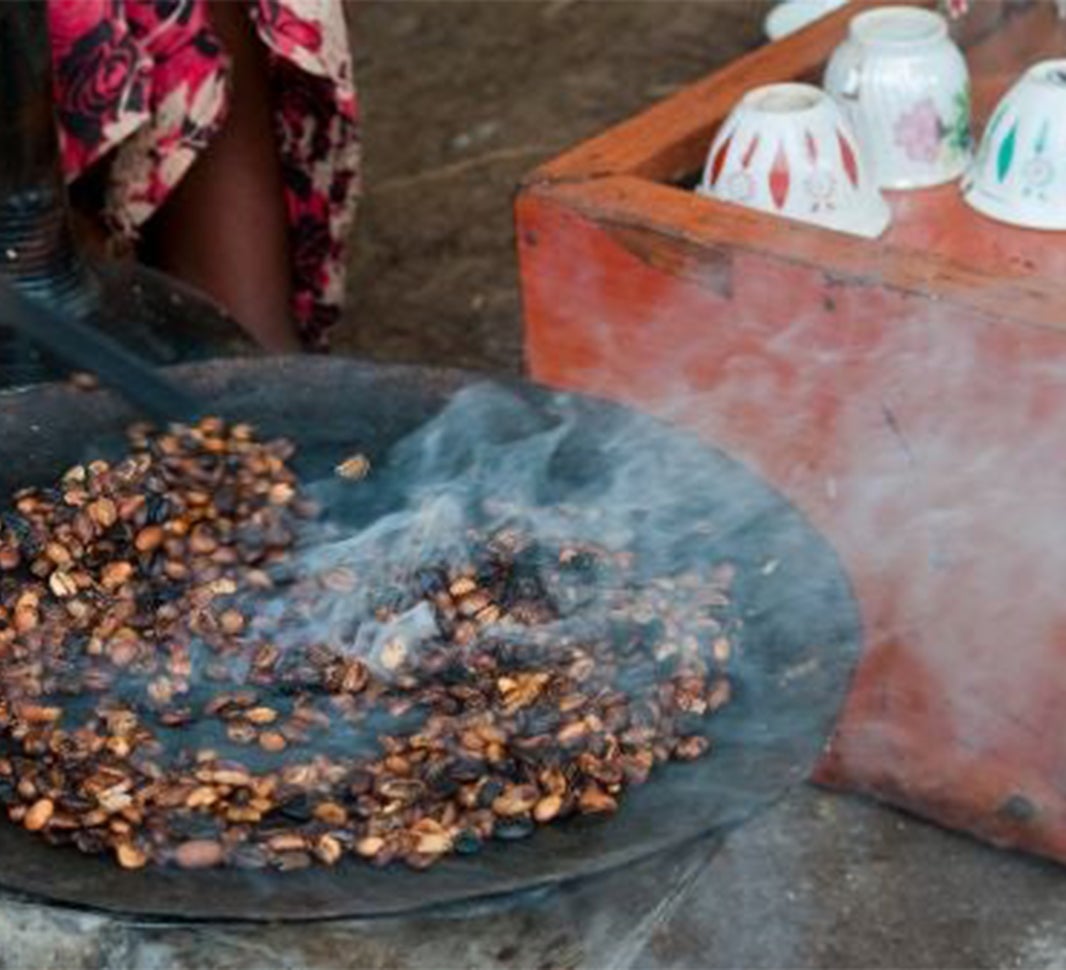
Ethiopian Production Regions
One of the many reasons why Ethiopian coffee is so sought after, is down to the way it is produced. The only coffee species grown in Ethiopia is Arabica, the coffee bean is grown at elevations of 1,700 metres to 2,200 metres above sea level. The coffee tree, which grows in shade, is hand-picked and the processing of the coffee beans is achieved through traditional practices. There are three key coffee growing regions in Ethiopia, each producing truly unique coffee.
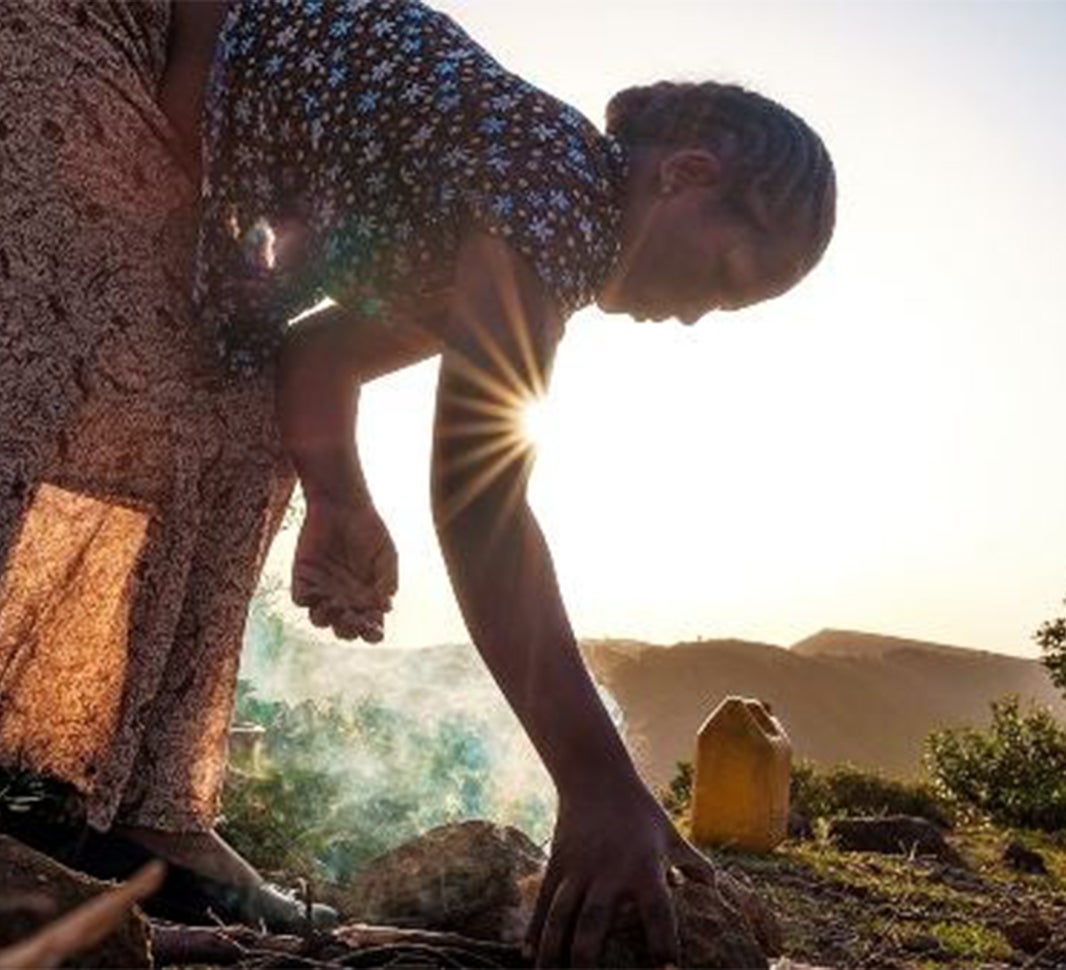
Sidamo
The most popular type of Ethiopian coffee is from the Sidamo region which covers a large area spreading through the fertile highlands to the south of Lake Awasa in Rift valley. Sidamo is made up of 20 administrative areas, or woredas, that all have varying microclimates and altitudes. Sidamo region is recognised as one of the three trademark coffee regions in Ethiopia as well as known for having perfect climate conditions for coffee due to its great altitudes, ample rainfall, fertile soil and ideal temperature.
Yirgacheffe
Yirgacheffe is one of the most popular growing regions in Ethiopia albeit part of the Sidamo region. This large, green area boosts perfect growing conditions, fertile soil and high altitudes. Yirgacheffe is a heavily populated region with many villages growing 'Garden Coffee’. The ethereal washed coffee of Yirgacheffe is so highly recognised that it has been sub-divided into its own micro-region, trademarked by Ethiopian government.
Harrar
Ethiopian coffee is known for its bright fruited and floral flavours. Ethiopian coffee beans are either washed or naturally processed, the method used to process the beans has a huge impact on the overall taste of the coffee.
The naturally processed coffees have more fruity or winy tones, notes of blueberry and have a medium to heavy body, whereas washed coffees often have hints of jasmine or lemongrass and are lighter bodied. Most Ethiopian coffee is processed naturally, this is how it has always been done for centuries, and the methods have not changed much over time. The process of washed coffee is a fairly new concept, and is always changing with the use of modern-day equipment.
Ethiopian Coffee Flavour
Ethiopian coffee is known for its bright fruited and floral flavours. Ethiopian coffee beans are either washed or naturally processed, the method used to process the beans has a huge impact on the overall taste of the coffee.
The naturally processed coffees have more fruity or winy tones, notes of blueberry and have a medium to heavy body, whereas washed coffees often have hints of jasmine or lemongrass and are lighter bodied. Most Ethiopian coffee is processed naturally, this is how it has always been done for centuries, and the methods have not changed much over time. The process of washed coffee is a fairly new concept, and is always changing with the use of modern-day equipment.
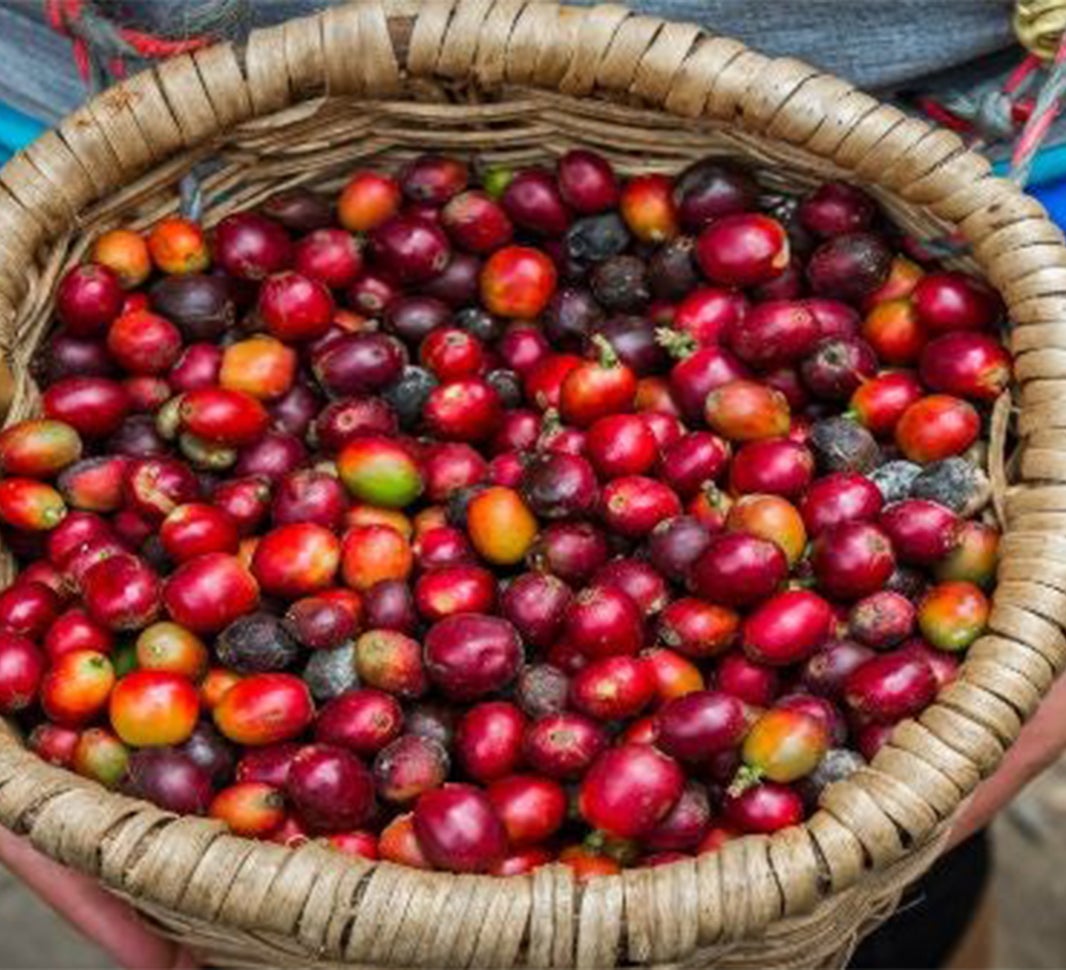
That’s our guide on Ethiopian coffee and the fascinating culture that comes with it! If you want to continue your journey around the coffee hotspots of the world, then why not read our guide on Colombian coffee next.
Today’s community favourites




